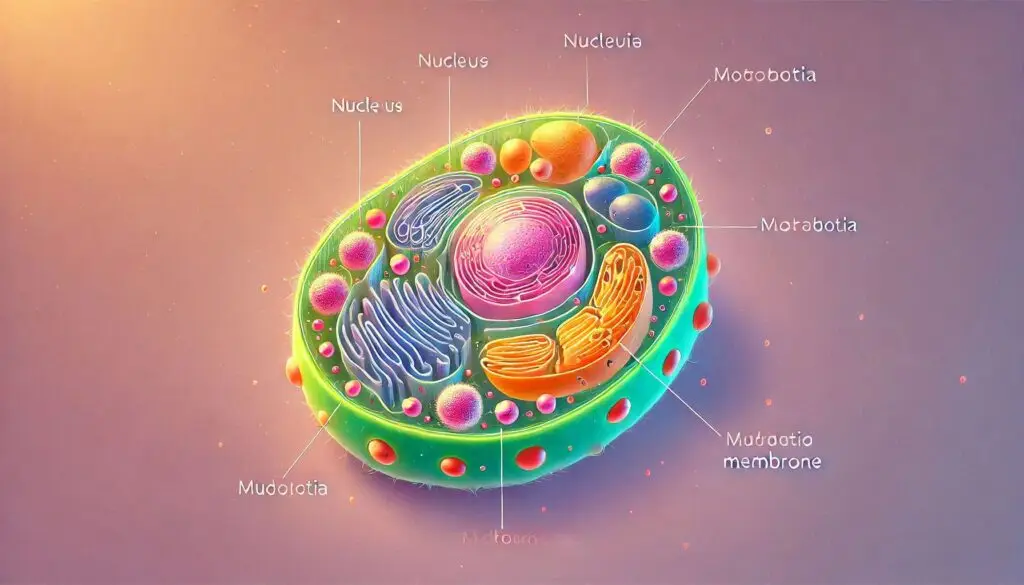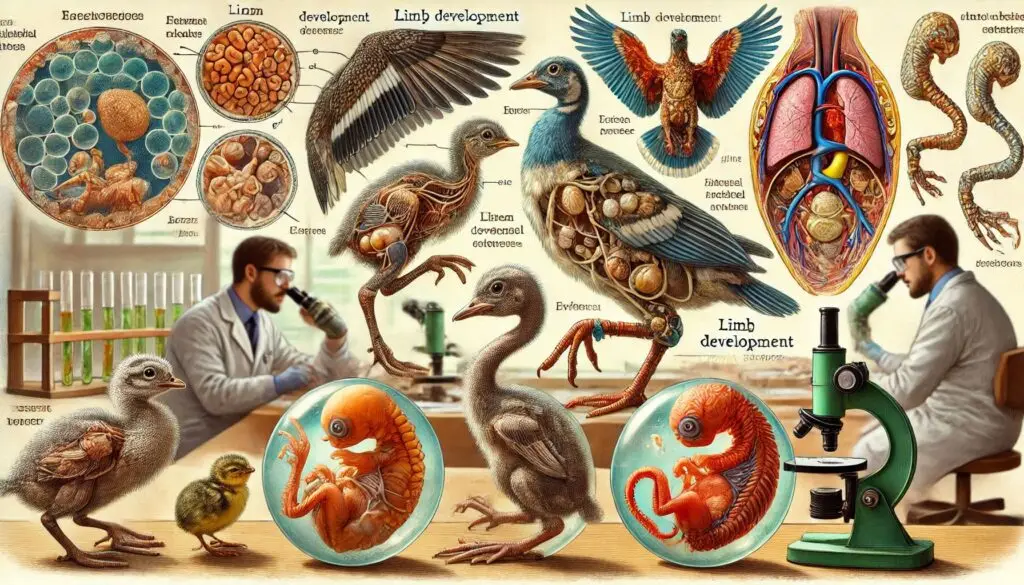Meiosis

Introduction to Meiosis
Meiosis is a fascinating and complex process that plays a vital role in sexual reproduction. This essential form of cell division ensures genetic diversity by producing gametes—sperm and eggs—that have half the number of chromosomes compared to the original cell. Understanding meiosis is crucial for grasping how traits are inherited and how species evolve. To learn more about the basics of meiosis, visit National Human Genome Research Institute.
Why Study Meiosis?
Studying meiosis helps us understand many biological concepts. For instance, it explains how genetic variations arise in populations. This knowledge is essential for fields like genetics, medicine, and evolutionary biology. To delve deeper into the significance of meiosis in genetics, you can visit Nature Education.
The Stages of Meiosis
Meiosis consists of two main stages: Meiosis I and Meiosis II. Each stage has distinct phases that contribute to the overall process. Let’s break down these stages for clarity.
Meiosis I: The Reduction Division
Prophase I
During prophase I, chromatin condenses into visible chromosomes. Each chromosome pairs with its homologous chromosome to form a tetrad. This pairing allows for genetic recombination through a process called crossing over. For more details on crossing over, check out Nature Education.
Metaphase I
In metaphase I, the tetrads align along the equatorial plane of the cell. Spindle fibers attach to each homologous chromosome. This alignment is crucial as it ensures that each daughter cell will receive one chromosome from each pair.
Anaphase I
Anaphase I is marked by the separation of homologous chromosomes. The spindle fibers pull each homolog toward opposite poles of the cell. This reduction in chromosome number is essential for maintaining genetic stability across generations.
Telophase I
During telophase I, the chromosomes reach the poles and begin to de-condense. Nuclear membranes may reform around each set of chromosomes. This phase concludes with cytokinesis, where the cytoplasm divides to form two haploid cells.
Meiosis II: The Equational Division
Meiosis II resembles mitosis but occurs in haploid cells produced from meiosis I.
Prophase II
In prophase II, chromosomes condense again if they had de-condensed during telophase I. A new spindle apparatus forms in each haploid cell.
Metaphase II
Chromosomes align along the equatorial plane once more during metaphase II. This alignment ensures that sister chromatids will be separated correctly.
Anaphase II
Anaphase II involves the separation of sister chromatids as they are pulled toward opposite poles by spindle fibers. This step is crucial for ensuring that each gamete receives an identical set of chromosomes.
Telophase II
In telophase II, nuclear membranes reform around each set of chromosomes at both poles. Cytokinesis follows, resulting in four genetically distinct haploid cells from one diploid parent cell.
The Significance of Meiosis
Meiosis is not just about cell division; it has profound implications for genetics and evolution.
Genetic Diversity Through Meiosis
One of the most significant outcomes of meiosis is genetic diversity. Through processes like crossing over and independent assortment during metaphase I, meiosis creates unique combinations of genes. This diversity is essential for natural selection and adaptation.
For a deeper understanding of genetic diversity and its importance in evolution, you can explore resources from Khan Academy.
Implications for Reproduction
Meiosis ensures that gametes have half the number of chromosomes needed for fertilization. When sperm and egg unite during fertilization, they restore the diploid chromosome number in the zygote. This process maintains stability within species while allowing for variation.
Applications in Medicine
Understanding meiosis has significant implications in medicine and biotechnology. For example, errors during meiosis can lead to conditions like Down syndrome or Turner syndrome due to abnormal chromosome numbers (aneuploidy). For more information on these conditions, visit Genetics Home Reference.
Conclusion
In summary, meiosis is a critical biological process that contributes to genetic diversity and stability within species through sexual reproduction. By understanding its stages and significance, we gain insights into inheritance patterns and evolutionary mechanisms.
Further Reading on Meiosis
To enhance your understanding of meiosis and its implications further, consider exploring these external resources:
By studying meiosis, we appreciate how life evolves and adapts through generations. The intricate dance of chromosomes not only shapes individual traits but also influences the future of entire species.
For more pearls of Vets Wisdom:
https://wiseias.com/feeding-regimes-breeding-dairy-animals/
https://wiseias.com/calf-starter-feed-requirements/






Responses